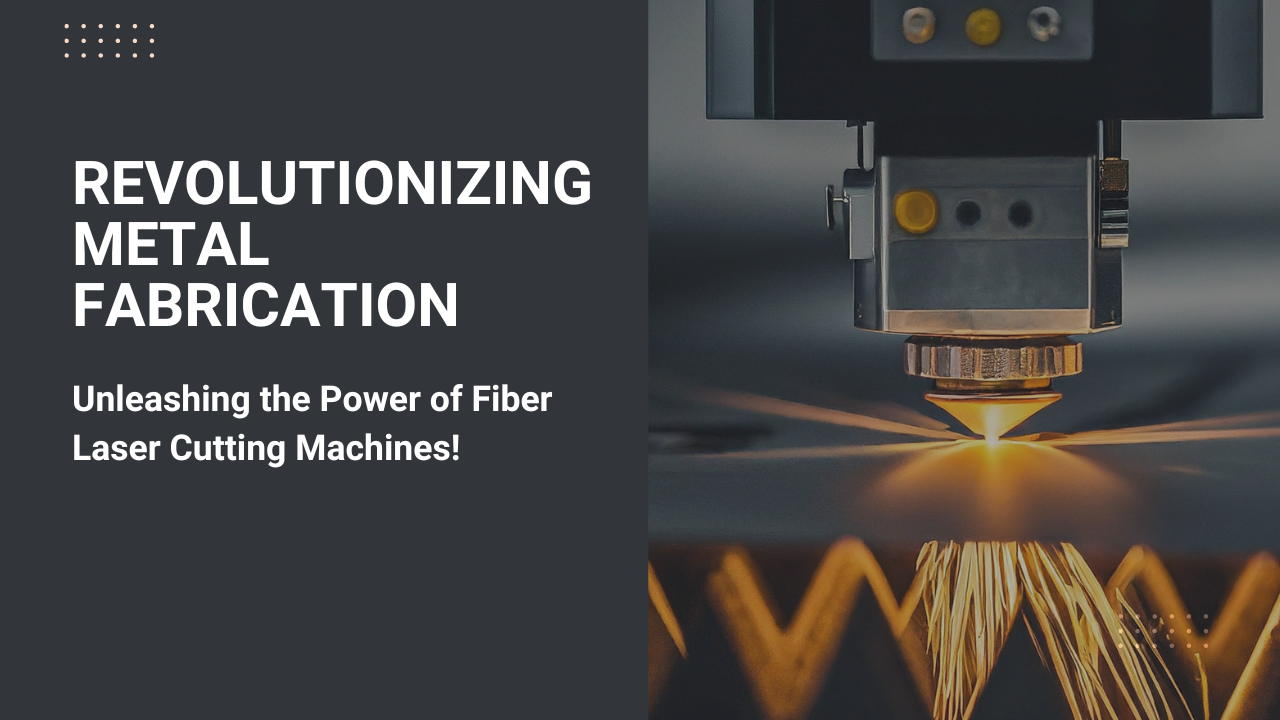
Introduction
The metal fabrication industry involves the creation of metal structures through cutting, bending, and assembling processes. It plays a critical role in various sectors, including automotive, aerospace, construction, and manufacturing. Staying updated with cutting-edge technology is essential for maintaining competitiveness and efficiency in this field. One such advanced technology is the fiber laser cutting machine. This new innovation is revolutionizing the metal fabrication industry by offering superior precision, speed, and cost-effectiveness.
Traditional Metal Cutting Methods
Traditional metal cutting methods include mechanical cutting and older laser technologies. Mechanical cutting, such as using saws, shears, and punches, often faces limitations in precision and speed. These methods are labor-intensive and can lead to higher operational costs due to frequent tool wear and maintenance.
Older laser cutting technologies, such as CO2 lasers, have been widely used but come with their own set of challenges. They consume more power and require complex setups and frequent maintenance. Precision issues and slower cutting speeds also hinder productivity, making it necessary to explore more efficient alternatives.
Understanding Fiber Laser Cutting Technology
Fiber laser cutting technology represents a significant advancement in the metal fabrication industry. Unlike traditional CO2 lasers, fiber laser cutting machines use fiber optics to generate and transmit the laser beam. This technology utilizes a seed laser to produce a beam, which is then amplified within a glass fiber. The resulting laser is incredibly powerful and precise.
The main difference between fiber laser cutting and traditional laser cutting lies in the medium used to generate the laser. Fiber lasers use solid-state technology, while CO2 lasers use gas. The working principle of fiber lasers involves a process called “optical pumping,” where laser diodes excite the atoms in the fiber, producing a highly focused beam capable of cutting through various metals with exceptional accuracy.
Advantages of Fiber Laser Cutting Technology
Fiber laser cutting technology offers several advantages over traditional methods:
- Precision: Fiber laser cutting machines provide unmatched precision, ensuring clean and accurate cuts even on complex shapes and thin materials.
- Speed: The cutting speed of fiber lasers is significantly higher, leading to increased productivity and reduced lead times.
- Operational Costs: Lower energy consumption and minimal maintenance requirements result in cost savings over time.
- Versatility: Fiber lasers can cut a wide range of materials, including stainless steel, aluminum, brass, and copper.
- Durability: The solid-state technology ensures a longer lifespan and consistent performance.
Cost Benefits Analysis of Fiber Laser Technology
Investing in a fiber laser cutting machine can yield substantial long-term savings. Although the initial cost may be higher compared to traditional methods, the return on investment (ROI) is favorable due to several factors:
- Reduced Maintenance: Fiber lasers require less frequent maintenance, leading to lower operational downtime and costs.
- Energy Efficiency: Lower power consumption translates to reduced energy bills.
- Increased Productivity: Faster cutting speeds enhance production rates, contributing to higher revenue.
- Extended Tool Life: The durability of fiber laser machines reduces the need for frequent replacements.
When compared to traditional methods, the overall cost benefits of fiber laser technology make it a wise investment for modern metal fabrication businesses.
Implementation Considerations before Buying a Fiber Laser Cutting Machine
Before purchasing a fiber laser cutting machine, several factors need consideration:
- Current Setup: Assess your existing equipment and infrastructure to ensure compatibility with the new technology.
- Today’s Needs: Evaluate your current and future production requirements to choose a machine that meets your needs.
- Choosing the Right Machine: Select a fiber laser cutting machine based on the type of materials you work with and the complexity of your projects.
- Training and Support: Ensure that your team receives proper training on operating the new machine, and consider the availability of after-sales support from the manufacturer.
- Brand Value: Opt for a reputable brand known for quality and reliability to ensure you get the best value for your investment.
Conclusion
The metal fabrication industry must continuously evolve to stay competitive. Adopting modern fiber laser cutting machines can significantly enhance precision, speed, and cost-efficiency. Traditional cutting methods, while still in use, face limitations that fiber laser technology effectively addresses. By understanding the working principles, advantages, and cost benefits of fiber laser cutting machines, businesses can make informed decisions. Considering implementation factors ensures a smooth transition to this advanced technology, ultimately leading to improved productivity and long-term savings.
For more information visit SLTL‘ official website or contact us on mkt@sltl.com or WhatsApp at +91 9925036495.










